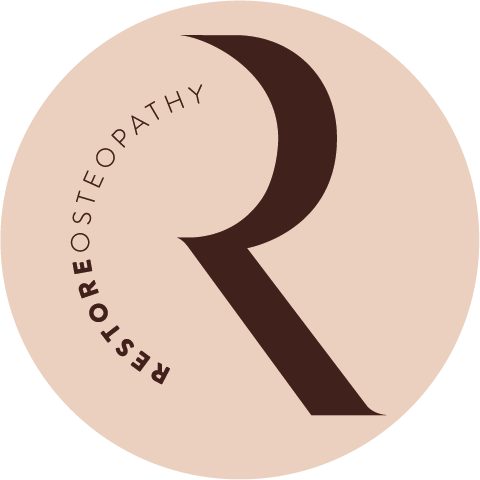Switch up your calf raises for distance running
If you’re a runner and burdened by tight calves, you may need to strengthen them! Our calf muscles tighten up in response to loading and when we run we absorb 3-4 times our body weight during single leg stance. If our calf muscles are weak and unable to cope with the load, they tighten up and in some cases become strained or tear. If you’re a runner and already doing calf raises, well kudos to you! However, there is more than one way to do calf raises and I’m here to tell you how.
The Basic Anatomy
You calves are made up of many muscles, two of the largest muscles are your gastrocnemius and soleus Gastrocnemius is the most outer of the two and is split into two ‘heads’, it is made up of fast twitch fibres so is good for sprinting and for exerting power when running uphill.
The soleus is a flat, pancake-like muscle which sits underneath the gastrocnemius and is often forgotten about, it is made up of slow twitch fibres and is therefore useful for endurance and long distance running.
The soleus muscle attaches into the Achillies tendon at the back of the ankle. Weakness of the soleus muscle has been associated with achillies tendinitis, another common injury for runners.
How to strengthen it:
When strengthening your calves, you are probably familiar with regular calf raises. These are great exercises however, when doing calf raises most people only do them with their legs straight. These are great for strengthening the outer muscle (gastrocnemius) and therefore good for sprinters. However, to target the soleus muscle (the distance muscle) we need to do calf raises with our knees bent. You can either do this seated in a chair or adopt a wall sit position and lift your heels up.
Start with these exercises then progress to single leg calf raises (knees bent and straight) and progress to adding weights to replicate the loading we absorb when running.
Calf strains are very common in runners, so strengthening these muscles it will reduce your risk of muscle strain or tear.
Try adding straight leg and bent knee calf raises into your strength and conditioning regime to prevent injury. Or chuck a few in when brushing your teeth!

